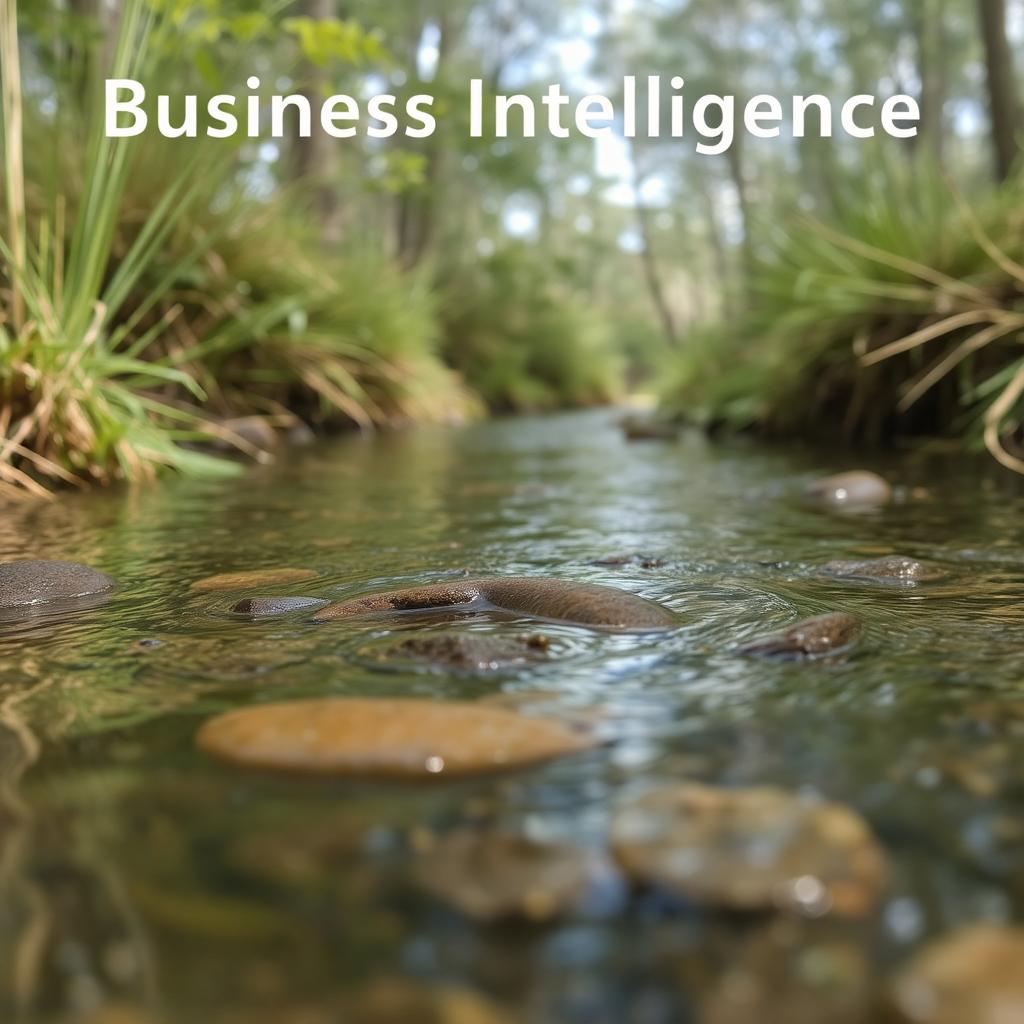Water is one of the most essential resources on the planet, vital for both ecosystems and human life. Ensuring that water quality remains at a high standard is a critical task for governments, organizations, and industries globally. Business intelligence (BI) has emerged as a powerful tool to enhance water quality monitoring, offering data-driven insights that can lead to more effective decision-making. This article delves into the business intelligence strategies that can be employed for better water quality management, highlighting the integration of technology, data, and analytics.
The Importance of Water Quality Monitoring
Water quality monitoring involves analyzing water samples to determine the presence of pollutants, contaminants, and other harmful substances. By continuously monitoring water, authorities can identify potential threats early, implement corrective measures, and ensure that water remains safe for public consumption and environmental balance.
Traditionally, water quality monitoring relied heavily on manual sampling, periodic testing, and reactive strategies. However, these methods often resulted in delayed responses to water quality issues. This is where business intelligence comes into play, transforming traditional methods by leveraging real-time data, advanced analytics, and predictive modeling.
Understanding Business Intelligence in Water Quality Monitoring
Business intelligence refers to the process of collecting, analyzing, and visualizing data to inform better decision-making. In the context of water quality, BI encompasses the integration of data from various sources such as sensors, environmental reports, laboratory results, and weather data. This data can then be analyzed to identify trends, detect anomalies, and predict potential risks.
One of the key advantages of BI in water quality monitoring is the ability to move from reactive to proactive strategies. Instead of waiting for problems to arise, BI allows organizations to anticipate issues before they become critical. By using data to drive decisions, authorities can optimize their resources and prioritize areas that require immediate attention.
Key Business Intelligence Strategies for Water Quality Monitoring
- Real-time Data Collection and Integration
A crucial component of BI strategies for water quality monitoring is the integration of real-time data. By deploying sensors in water bodies, pipelines, and treatment facilities, data can be continuously collected. These sensors measure various parameters, including temperature, pH levels, turbidity, and dissolved oxygen.
The real-time data collected is then fed into a centralized business intelligence platform, where it can be analyzed in conjunction with historical data. This comprehensive dataset provides a holistic view of water quality over time, enabling stakeholders to detect sudden changes or long-term trends. Additionally, the integration of weather data and environmental conditions can offer insights into how external factors may affect water quality.
- Predictive Analytics for Risk Management
Predictive analytics is one of the most powerful BI tools for water quality monitoring. By analyzing historical data and identifying patterns, predictive models can forecast potential risks such as contamination, harmful algal blooms, or chemical spills. Early detection of these risks allows for timely interventions, potentially saving both costs and lives.
For example, if data indicates a rise in water temperature and a decrease in oxygen levels, predictive analytics might suggest that a harmful algal bloom is imminent. Authorities can then take preemptive action to mitigate the impact, such as adjusting water treatment protocols or issuing warnings to affected areas.
- Data Visualization and Reporting
BI platforms also offer advanced data visualization tools, allowing stakeholders to easily interpret complex data sets. Dashboards can be customized to display key metrics such as contamination levels, pH changes, or areas at risk of water pollution. These visual representations make it easier for decision-makers to understand the current state of water quality and identify areas requiring attention.
Furthermore, BI platforms can automate the generation of reports. Instead of manually compiling data from multiple sources, the system can generate daily, weekly, or monthly reports that highlight trends, anomalies, and areas for improvement. These reports can be shared with relevant stakeholders, ensuring that everyone involved has access to the most up-to-date information.
- Geospatial Analysis for Targeted Monitoring
Geospatial analysis is another critical BI strategy for effective water quality monitoring. By mapping water quality data across geographic regions, authorities can identify areas that are more vulnerable to pollution or contamination. This spatial analysis allows for targeted interventions, such as increasing the frequency of monitoring in high-risk areas or deploying additional resources to affected regions.
For instance, if a particular river basin shows elevated levels of industrial pollutants, geospatial analysis can pinpoint the source of contamination. Armed with this information, regulators can work with industries in the area to address the issue and prevent further damage.
- Cloud-based BI Solutions for Scalability
As water quality monitoring efforts expand, it becomes crucial to have scalable BI solutions. Cloud-based business intelligence platforms offer the flexibility needed to accommodate growing data volumes and more complex analytical requirements. With cloud-based solutions, water quality data from various regions can be stored, processed, and analyzed in a unified system.
Moreover, cloud-based BI solutions provide remote access to data and analytics tools. This ensures that stakeholders, regardless of location, can collaborate effectively and make informed decisions based on the latest data. For large-scale water monitoring projects that span multiple jurisdictions or regions, cloud-based BI platforms are particularly advantageous.
- Machine Learning and AI for Advanced Insights
Machine learning (ML) and artificial intelligence (AI) are increasingly being integrated into BI strategies for water quality monitoring. These technologies can analyze massive datasets more efficiently than traditional methods, uncovering hidden patterns and correlations that might not be immediately apparent to human analysts.
ML algorithms can learn from historical water quality data and improve their predictions over time. For instance, they can identify patterns that indicate an impending contamination event or suggest optimal times for maintenance of water treatment facilities. AI-driven insights can significantly enhance the decision-making process, leading to more effective water quality management.
The Role of Stakeholders in Implementing BI Strategies
While business intelligence offers immense potential for improving water quality monitoring, its success depends on collaboration between various stakeholders. Governments, water utilities, environmental organizations, and industries all play a role in ensuring that data is collected, analyzed, and acted upon. Clear communication channels and well-defined roles are essential for the successful implementation of BI strategies.
In addition, training and capacity-building initiatives are necessary to ensure that staff can effectively use BI tools and interpret data. By empowering teams with the right skills and knowledge, organizations can maximize the benefits of their business intelligence systems.
Conclusion
Water is a precious resource that must be carefully managed to ensure its quality remains high for future generations. Business intelligence strategies provide the tools and insights necessary to enhance water quality monitoring efforts, moving from reactive to proactive approaches. By leveraging real-time data, predictive analytics, geospatial analysis, and cloud-based solutions, stakeholders can make more informed decisions and take timely actions to safeguard water resources.
As technology continues to advance, the role of BI in water quality monitoring will only grow, offering even more sophisticated solutions for managing this critical resource. Effective water quality monitoring is not just about detecting problems—it’s about preventing them, and business intelligence is key to making that possible.



